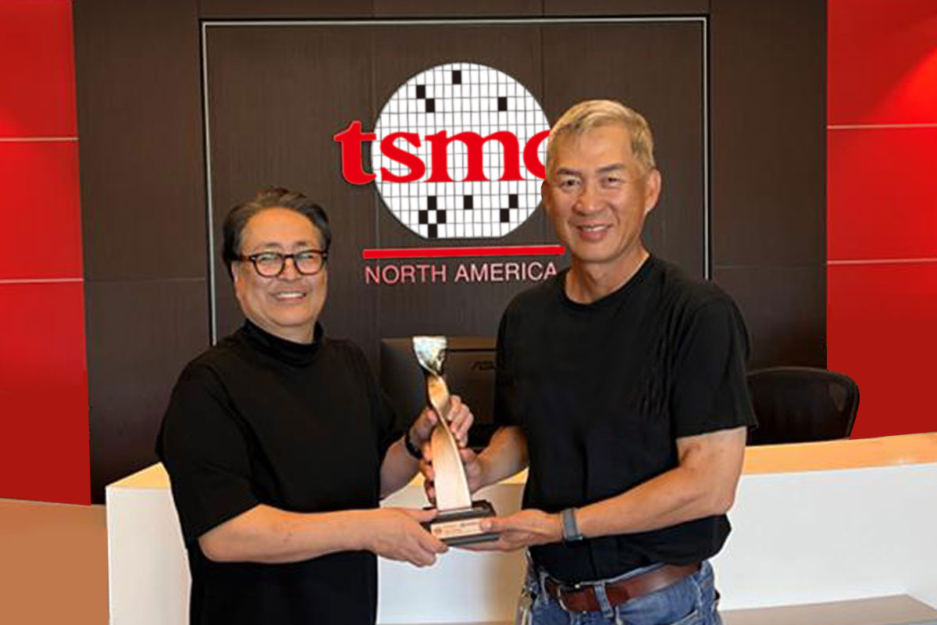
With approximately 2MB of MRAM and one.8MB of SRAM, the Apollo4 Blue has more than adequate compute and storage to manage elaborate algorithms and neural networks whilst displaying lively, crystal-apparent, and smooth graphics.
Usually-on Audio Often-on Audio Knowledge definitely generally-on voice processing having an extremely-very low ability analog microphone and optimized sounds cancelling algorithms for apparent voice.
In 1965, the Apollo Purposes Application (AAP) was created to consider science missions that might be carried out employing Apollo components. Substantially of the scheduling centered on the idea of an area station. Wernher von Braun's before (1964) plans used a "soaked workshop" concept, with a spent S-II Saturn V next phase staying released into orbit and outfitted in Place. The following yr AAP researched a smaller sized station using the Saturn IB next phase. By 1969, Apollo funding cuts eradicated the potential for procuring far more Apollo hardware and forced the cancellation of some afterwards Moon landing flights.
" It was discovered in 1989 which the Soviets had attempted to send folks into the Moon, but were unable as a consequence of technological issues.[229] The general public's response in the Soviet Union was combined. The Soviet govt confined the release of details about the lunar landing, which influenced the response. A percentage of the populace did not give it any focus, and A different part was angered by it.[230]
[143] Even with some technical and climate difficulties, black and white illustrations or photos of the initial lunar EVA were being obtained and broadcast to no less than 600 million individuals in the world.[143] Copies of the video clip in broadcast structure ended up saved and therefore are greatly readily available, but recordings of the first gradual scan source transmission with the lunar surface have been likely destroyed all through regimen magnetic tape re-use at NASA.[142]
If supplemental memory is required, external memory is supported by Ambiq’s superior bandwidth hexSPI and eMMC interfaces.
This Template lists historic, recent, and potential Area rockets that no less than after attempted (but not essentially succeeded in) an orbital launch or which are planned to aim this type of launch Down the road
TSMC’s ground breaking 22nm embedded MRAM know-how, which was adopted in Apollo4, is crucial to aid on-chip code storage for SoC functions to accomplish business-primary energy effectiveness.”
Acquiring your workforce current makes Everybody function far better. Never be shy, remarks make collaboration flourish.
It screens the program while the factors are driven off to get a person-configurable electric power-up function whilst consuming only nanoamps of ability.
Due to what you may have done, the heavens are getting to be a Section of man's entire world. And while you speak to us with the Sea of Tranquility, it inspires us to redouble our attempts to provide peace and tranquility to Earth. For 1 priceless minute in The complete history of gentleman, many of the individuals on this Earth are definitely one: 1 inside their pleasure in what you have completed, and just one inside our prayers that you will return securely to Earth.
The new Singapore regional hub will function A significant Heart for the future style and design of SPOT-enabled edge smart devices. Ambiq’s patented Subthreshold Ability Optimized Technological innovation (SPOT®) platform operates typical transistors in an ultra-small energy manner to build reputable, strong semiconductors that consume less Strength in a price-efficient and mainstream production system.
Aldrin looked up in time and energy to witness the flag topple: "The ascent phase in the LM divided ... I was concentrating about the desktops, and Neil was learning the Mind-set indicator, but I looked up prolonged more than enough to see the flag drop around."[170] Subsequent Apollo missions planted their flags farther through the LM.[171] Columbia in lunar orbit
If it ended up to remain on a similar trajectory since the spacecraft, the S-IVB could have offered a collision hazard, so its remaining propellants energy harvesting were vented plus the auxiliary propulsion method fired to maneuver it away. For lunar missions right before Apollo 13, the S-IVB was directed towards the Moon's trailing edge in its orbit so that the Moon would slingshot it outside of earth escape velocity and into solar orbit.

Get Smart. Use Less Energy.
Ultra-low power SoCs for IoT endpoint devices
that demand complex operations
and longer battery life.
✍ Ambiq® is committed to further improve the quality of life by enabling the intelligence of endpoints while further reducing carbon footprints. Ambiq – your partner in endpoint intelligence.
✯✯✯Based in Austin, San Jose, Hsinchu, Shenzhen, and Shanghai, our leadership and management teams consist of advocates, builders, enthusiasts, entrepreneurs, explorers, incubators, inventors, pioneers, protectors, thinkers, and visionaries. With a diverse spectrum of experiences and skillset, we came together and united with one goal to enable the true Internet of Things where the battery-powered endpoint devices can truly be connected intuitively and intelligently 24/7.
Ambiq Wins the Demo of the Year Award at 2023 TSMC Technology Symposium
September 7, 2023, Austin, TX – Ambiq®, a leading developer of ultra-low-power semiconductor solutions that deliver a multifold increase in energy efficiency, was awarded the Demo of the Year Award by TSMC as a participant of the Innovation Zone at the 2023 TSMC North America Technology Symposium.
Ambiq Wins the Demo of the Year Award at 2023 TSMC Technology Symposium
During the April event, Ambiq showcased various product design wins using TSMC’s 22nm technology in wearables, digital health, smart home, Industrial IoT, pet trackers, and retail segments, with industry-leading energy efficiency. Ambiq also featured two live demos emphasizing its leadership in enabling endpoint AI with its HeartKit™ for remote patient monitoring and its graphics display capabilities for a vivid user interface.

TSMC pioneered the pure-play semiconductor foundry business model when it was founded in 1987, helping startup companies accelerate their innovations by providing access to the industry’s leading process technologies and manufacturing capacity. Since 2021, TSMC has expanded that mission with an Innovation Zone at its worldwide Technology Symposiums, highlighting how TSMC partners with startup companies to enable cutting-edge products from various applications, including high-performance computing, communication, automotive, IoT, and consumer segments.
“We’re grateful to TSMC and our booth visitors for allowing us to share our energy-efficient technology and processor solutions with them,” said Ambiq’s CEO, Fumihide Esaka. “We’re moving towards an exciting frontier of AI becoming more engrained with our Cool wearable tech daily lives. With that vision on the horizon, we will continue to develop innovative and first-of-its-kind ultra-low-powered solutions that keep innovation and sustainability in mind.

Ambiq’s mission is to develop the lowest-power semiconductor solutions to enable intelligent devices everywhere by developing the lowest-power semiconductor solutions to drive a more energy-efficient, sustainable, and data-driven world. Ambiq has helped leading manufacturers worldwide develop products that last weeks on a single charge (rather than days), while delivering a maximum feature set in compact industrial designs. Ambiq’s goal is to take Artificial Intelligence (AI) where it has never gone before in mobile and portable devices, using Ambiq’s advanced ultra-low power system on chip (SoC) solutions. Ambiq has shipped more than 200 million units as of March 2023.
Ambiq Designs Low-Power for Next Gen Endpoint Devices
Ambiq’s VP of Architecture and Product Planning, Dan Cermak, joins the ipXchange team at CES to discuss how manufacturers can improve their products with ultra-low power. As technology becomes more sophisticated, energy consumption continues to grow. Here Dan outlines how Ambiq stays ahead of the curve by planning for energy requirements 5 years in advance.
Ambiq Highlights From Embedded World 2024
Facebook | Linkedin | Twitter | YouTube